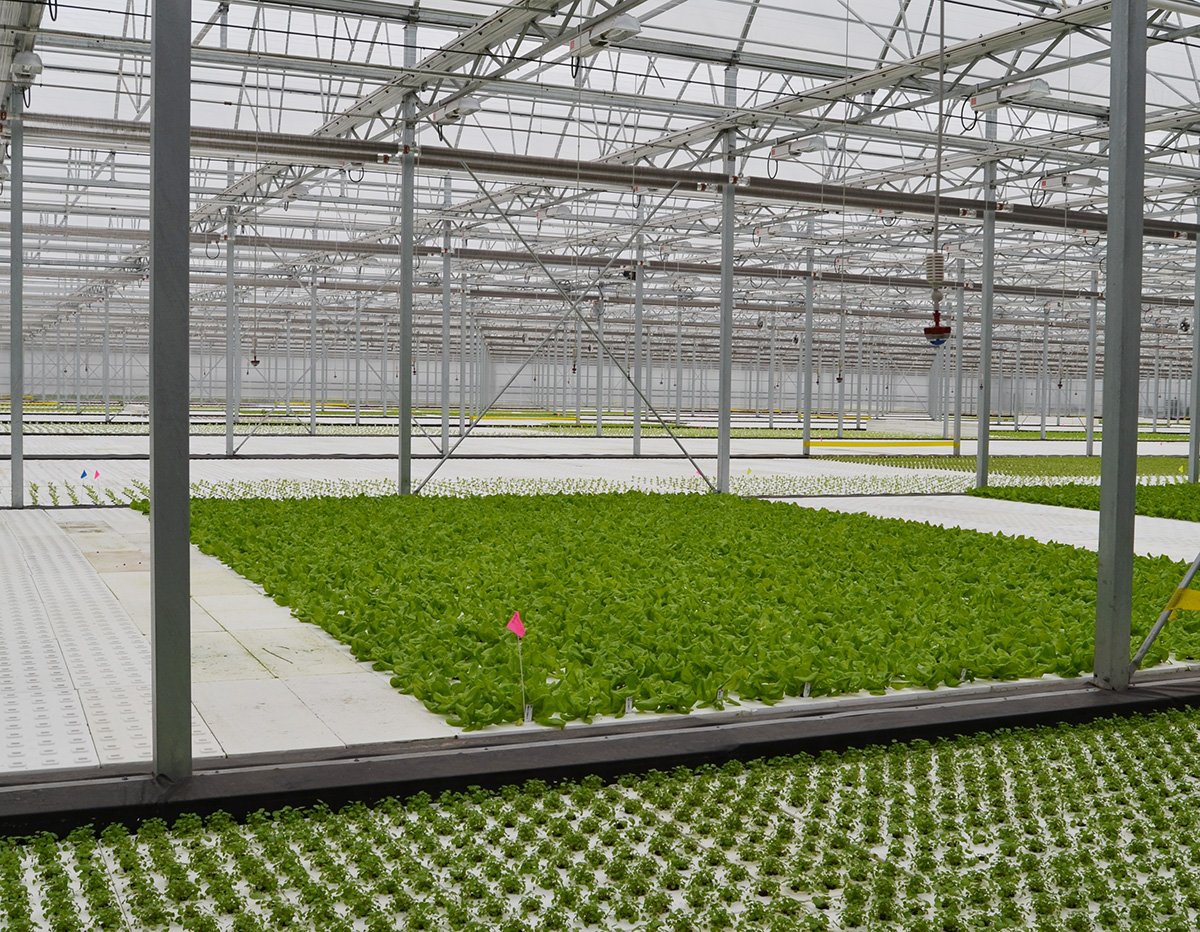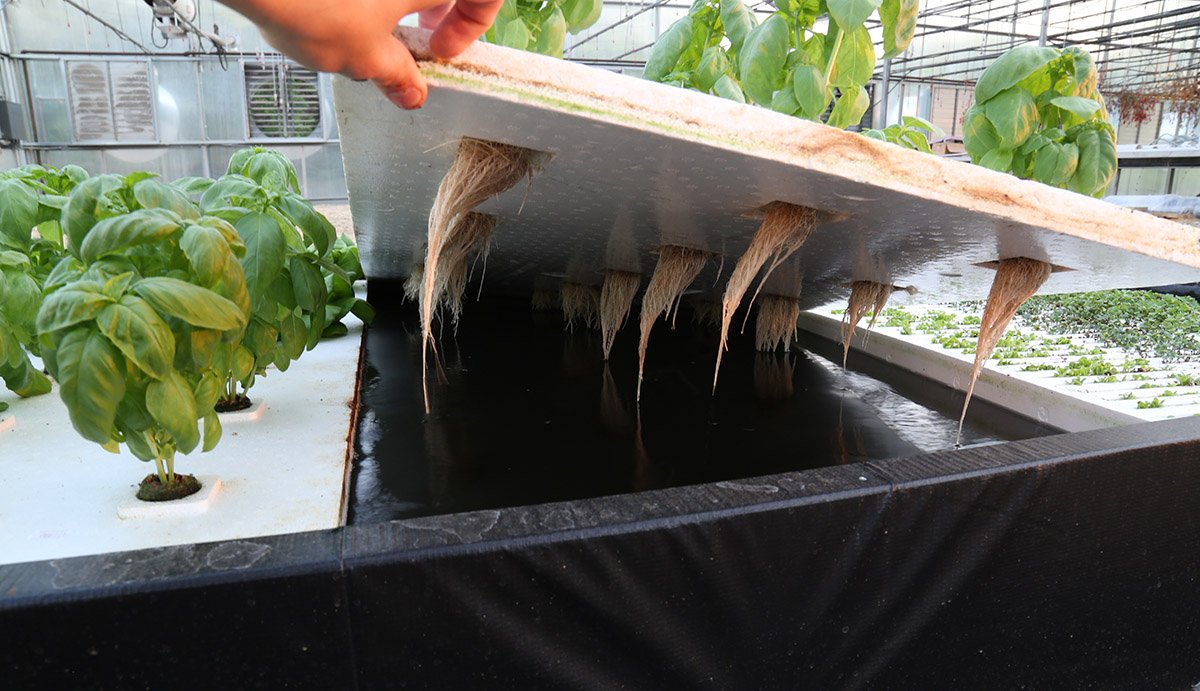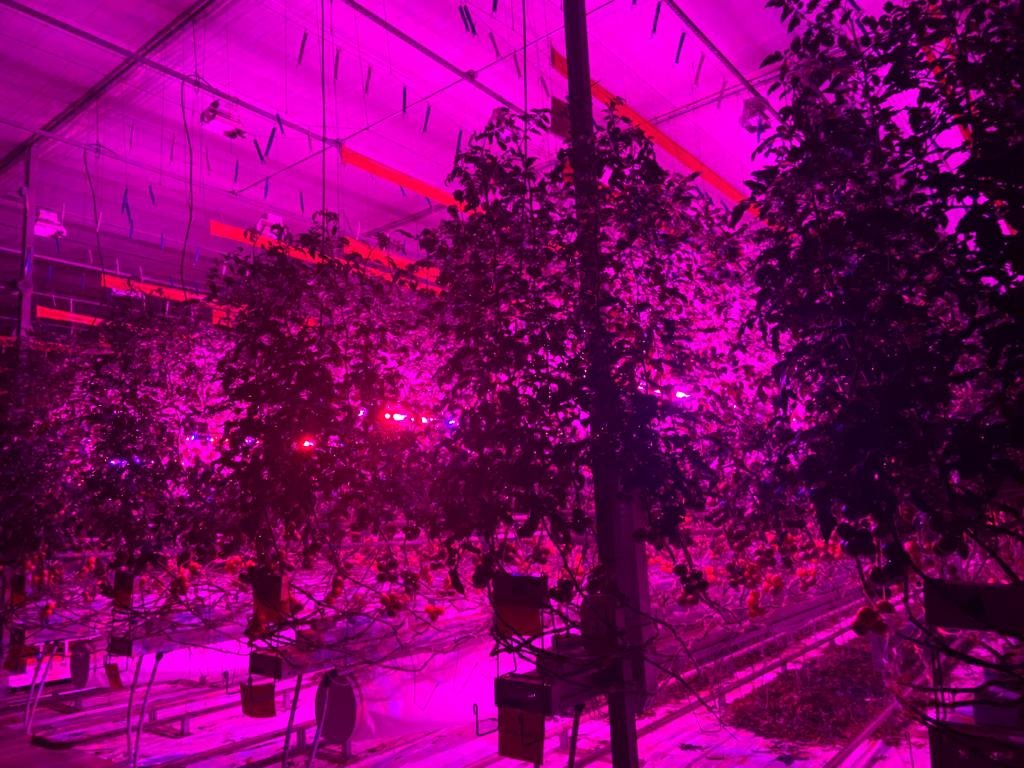Mar 7, 2022
Is Your Greenhouse Or Vertical Farm Operating Sustainably?

Editor’s Note: According to the 2021 Global CEA Census, 70% of CEA operators believe the industry to be susceptible to excessive greenwashing, however, 48% of respondents track sustainability metrics by “manually calculating every now and then” and another 27% do not track at all. Considering this, we need to hold operators accountable for their sustainability claims and demand data from their own operations to back these up. This certification program is certainly a step in the right direction. To further dispel greenwashing, Agritecture has released a CEA Sustainability Communications Guide to help you more effectively interpret and communicate about sustainability-related claims in the CEA industry.
CONTENT SOURCED FROM URBAN AG NEWS
Written By: David Kuack
The Controlled Environment Agriculture Design Standards (CEADS) certification program will enable CEA growers to identify those areas within their companies that are operating sustainably and where improvements can be made to improve efficiencies and lower costs.
An increasing number of consumers are asking for and purchasing products that have been produced sustainably, including fruits and vegetables. The Hartman Group reports in its recently released “Sustainability 2021: Environment and Society in Focus” that nine out of 10 consumers consider at least one environmental or social well-being issue when choosing foods and beverages. The research and consulting company found that nearly 50 percent of the 2,000 U.S. consumers it surveyed indicated they are more concerned about the environment, and four in 10 are now more worried about social well-being, compared to 18 months ago.
Most of the survey participants identified the environment and social well-being as two separate but equally important areas of need. When shopping for food and beverages, the survey found consumers’ sustainability priorities are nearly evenly split between environmental and social well-being issues. Eighty-two percent considered environmental issues, especially waste reduction, sustainable packaging and pollution, to be priorities. In the case of social well-being issues, 86 percent pointed to support for the economy, safe working conditions and good wages/benefits as priorities.
Making CEA more sustainable

CEADS has established a pilot project to work with a group of growers including greenhouse, indoor, vegetable and cannabis production, to identify differences in the areas where CEA crops are produced. Photo courtesy of Hort Americas
Companies in all industries are announcing their plans and promoting their efforts to become more sustainable. Whether it is reducing their dependence on fossil fuels, lowering greenhouse gas emissions or switching to more sustainable packaging, companies are trying to show consumers they are working diligently to lower their impact on the environment.
In September 2019 following the USDA/NIFA Az-CEA Conference in Oracle, Ariz., representatives from academia, the agriculture industry and USDA met to identify and discuss cross-disciplinary areas of synergy, opportunity and need for the controlled environment agriculture (CEA) industry. One of the objectives of the conference was to identify research priorities for USDA to focus on. Cornell University defines controlled environment agriculture as “an advanced and intensive form of hydroponically-based agriculture where plants grow within a controlled environment to optimize horticultural practices.”
“Out of the CEA meeting in Arizona there were discussions about the environmental impact of controlled environment agriculture,” said Gary Stutte, founder and president at SyNRGE LLC. “As we were discussing the state of the agriculture industry the term sustainability kept coming up. Conference speakers talked about agriculture and sustainability related to a number of issues including the amount of water being used to produce food crops and the inefficiencies of land use. Controlled environment agriculture will be part of the solution for sustainable agriculture. Controlled environment agriculture will help feed the three billion people living on the planet.
“Currently there are no metrics to define what sustainable agriculture is. There are metrics related to efficiency of lighting and HVAC systems and the amount of water that is recirculated, but for production systems per se, what is really sustainable?”
Development of CEA sustainability standards
Follow up discussions after the conference lead to the formation of a committee that decided to determine what sustainable meant in regards to controlled environment agriculture. The committee, which included members from the private sector, government and academia, recognized the need to define goals for the advancement of the CEA industry. An external review process was conducted for nearly a year resulting in the formation of the Controlled Environment Agriculture Design Standards (CEADS).
“A concept was presented that what was really needed is a means for CEA growers to do a baseline self-evaluation to achieve some external certification as to just how sustainable their operations are,” Stutte said. “The committee put together a metric with a model that follows the LEED’s (Leadership in Energy and Environmental Design) green building rating system, which is recognized worldwide.
“CEADS enable a production facility to be ranked how sustainable it is, not just on any one process or any one product or portion of it. A CEA facility may replace a lighting system with one that is more efficient, but that is only one aspect of the operation. An operation isn’t going to be sustainable based on one system.”
The CEADS standards have been assessed by growers, academicians and industry representatives. The initial standards were sent out for external review and adjustments were made based on numerous comments and inputs that were received.
CEADS includes the management and stewardship of energy, water, materials, byproducts, pests, safety and finances. Growers who participate in the CEADS program will be able to benchmark their operation’s performance in seven CEADS domains: Resource Utilization, Materials and Waste, Crop Quality, Integrated Pest Management, Automation and Labor, Equity and Localness, and Profitability.
“CEADS certification is a voluntary effort,” Stutte said. “This is not a regulatory program. Where there is state or federal regulations, CEADS standards will have to match what the growers are expected to achieve.”
Resolving unforeseen issues

The CEADS program will assist in identifying areas within a growing operation for increased cost savings, including lighting, water and labor efficiency.
CEADS has initiated a pilot project to determine what issues may arise in the sustainability certification process.
“We are initially looking at four growers in the pilot project,” Stutte said. “We are limiting the number in order to work out any kinks before the certification program is open to more growers. The pilot project will help us identify the areas that we thought might need some additional work across the industry. There’s a chance to recognize that there are differences in the areas where CEA crops are produced.
“CEADS is crop and facility agnostic. It is recognized that there are some very different energy and water management issues that would go into producing a greenhouse ornamental crop vs. hydroponic lettuce vs. drip cannabis. We have established the pilot project to work with a group of growers including greenhouse, indoor, vegetable and cannabis production. From this pilot project we look to gain a sense of what changes may need to be made in the certification standards.”
Benefits of sustainability certification
Stutte said the benefits of what the CEADS standards and certification will bring to growers are three-fold.
1. The CEADS program will assist in identifying areas within a growing operation for increased cost savings, including lighting, water and labor efficiency.
“The CEADS program can help to identify areas within a growing operation that can be focused on in order to reduce costs and improve the sustainability and profitability of a facility,” he said. “Ultimately if an operation is not profitable, it is not sustainable. The CEADS standards are a tool to allow growers or managers to do complete assessment of their facilities.”
2. Achieving CEADS certification allows a differentiation of a market.
“Obtaining this certification indicates a CEA facility is operating sustainably because it has an external certification by CEADS that is good, better or best,” Stutte said. “This is an external validation of the ethos of a company.”
3. Obtaining CEADS certification can lead to an enhanced ability to receive classification that would increase the attraction of a particular investment community that is focusing on sustainability, especially within the agriculture sector.
“CEADS certification would make a company more in line with what an investor or investor group is looking for,” he said. “CEADS certification is an indication to the investor community that a company is operating at a particular level of sustainability and what is needed to achieve the next level, whether that is an investment in A, B or C.”
For more:
Controlled Environment Agriculture Design Standards (CEADS), board@ceads.ag; https://ceads.ag/
Gary Stutte, SyNRGE LLC, gstutte@synrge.com; https://synrge.com/
This article is property of Urban Ag News and was written by David Kuack, a freelance technical writer in Fort Worth, Texas.


